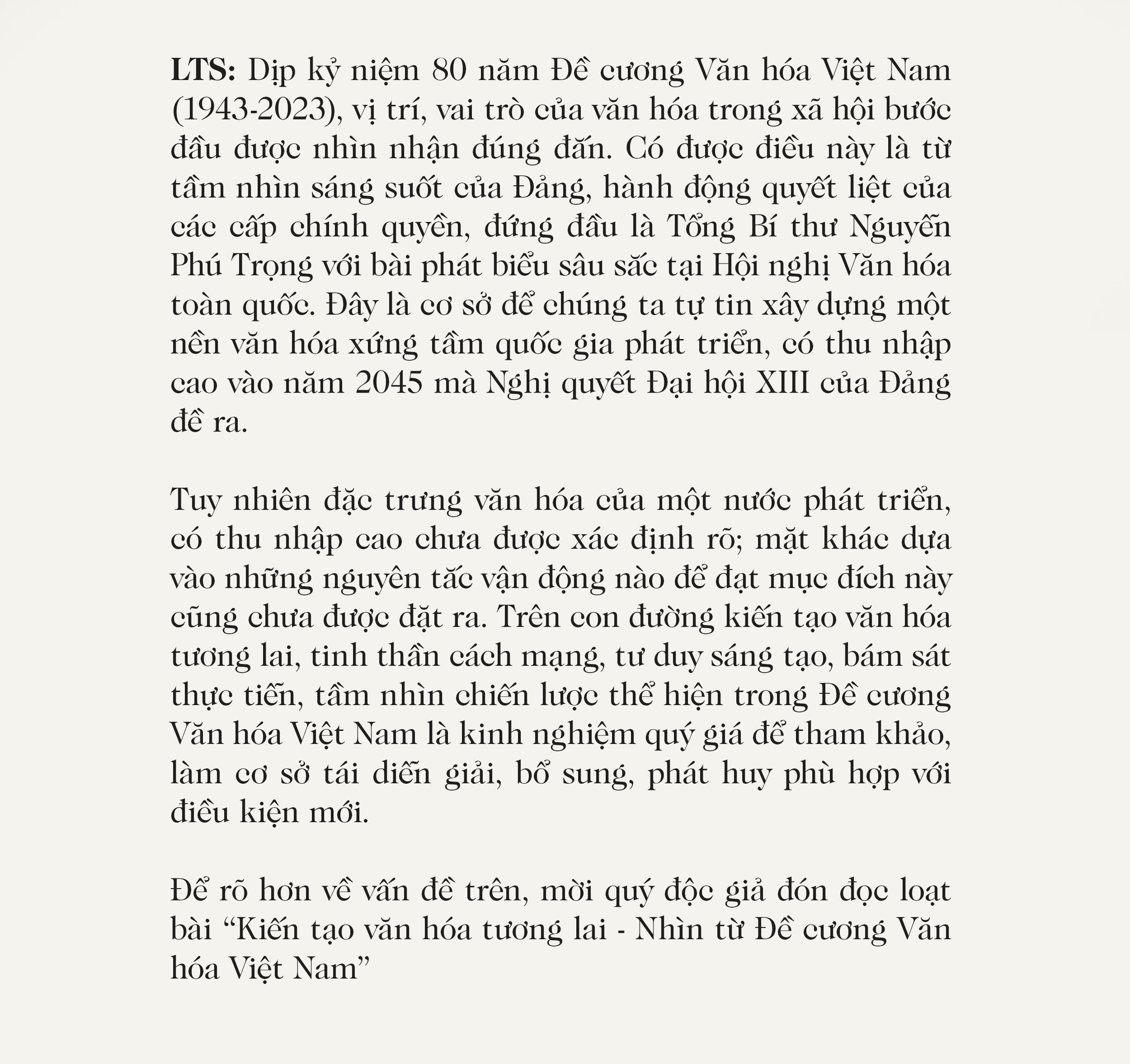

The Outline of Vietnamese Culture is the first document of our Party's platform and strategy on culture. In the context of our country not yet gaining independence, with a length of less than 1,500 words, the Outline of Vietnamese Culture outlined the correct path to open up an independent and progressive culture; called on the intellectuals and artists to follow the revolution; created the strength to smash the slave and reactionary cultural path.


Going back in history, in early 1943, the Soviet Red Army won at Stalingrad, changing the situation of World War II. In the country, the Party organization and the Viet Minh Front had taken root among the masses and were creating new impulses for the revolutionary movement.
Faced with many changes in the world and in the country, from February 25 to 28, 1943, in Chai village (now Vong La commune, Dong Anh district, Hanoi), the Central Committee of the Indochinese Communist Party met to discuss the expansion of the Viet Minh Front and to promote preparations for an armed uprising. The conference advocated alliances with all parties and patriotic groups at home and abroad to strengthen the great solidarity to liberate the Indochinese peoples from the domination of Japan and France; and to support the Soviet Union. The conference approved the Outline on the Vietnamese ideological and cultural revolution (abbreviated as the Outline of Vietnamese Culture) drafted by General Secretary Truong Chinh. The conference also decided to establish the National Salvation Cultural Association in the cities.
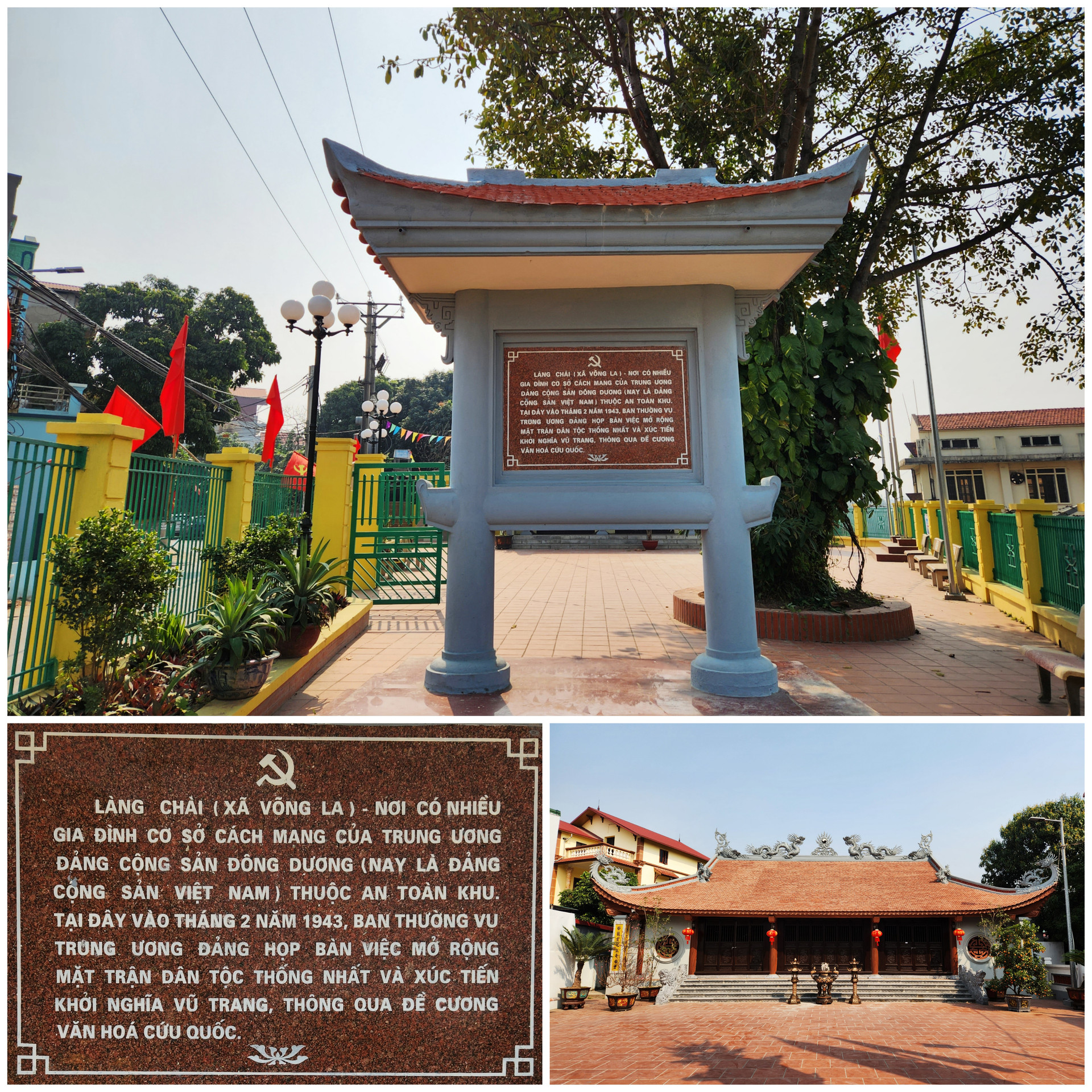
At this time, Japanese fascists used cultural activities as a tool to distract our people from the path of national salvation. The Japanese empire propagated Greater East Asiaism, claiming that the Vietnamese and Japanese people were both “yellow-skinned” and that the Japanese army came to Indochina to liberate the colonial people from “white-skinned” colonialists. Many intellectuals and artists lacked awareness and tried to cooperate with and support the reactionary and vicious policies of Japanese fascists.
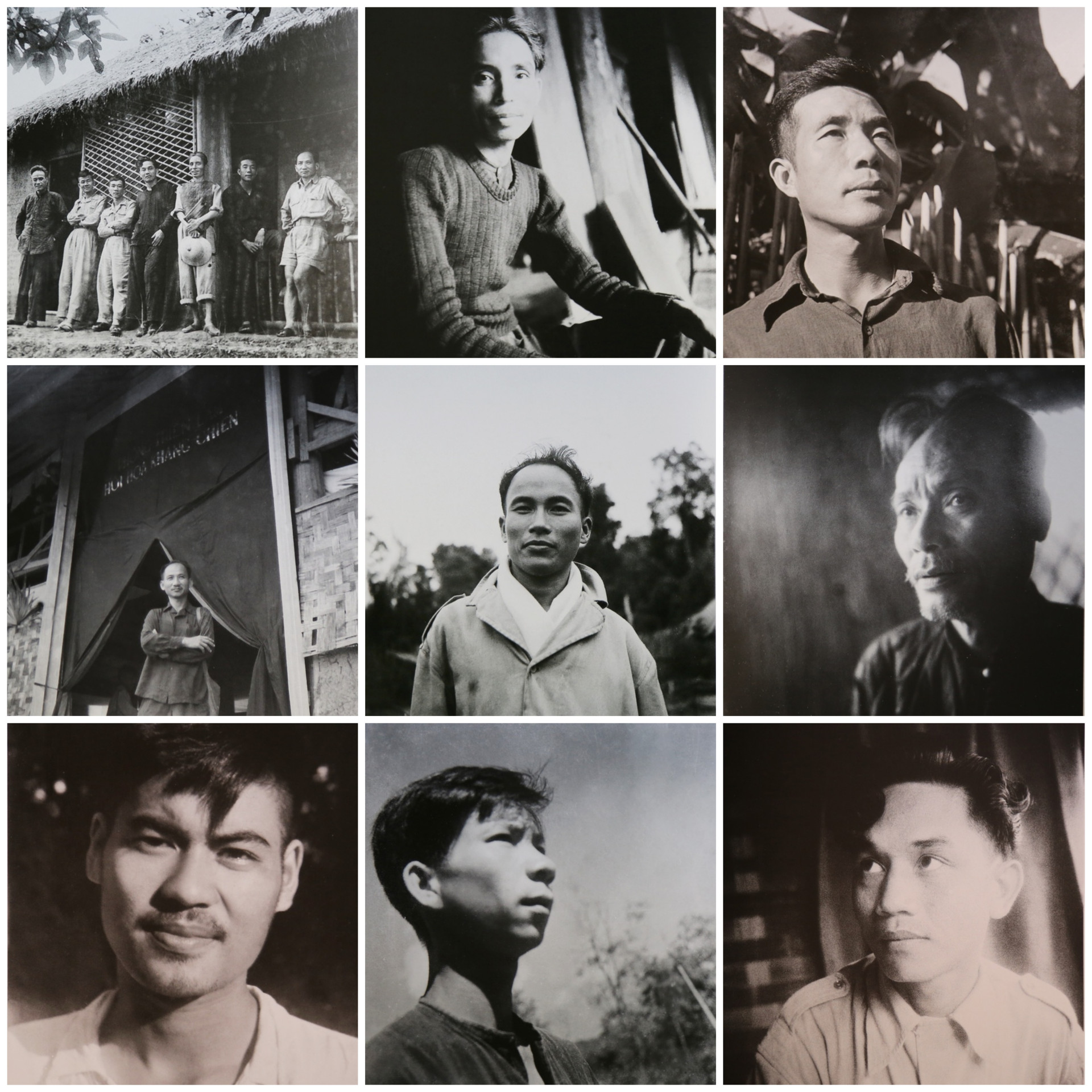
The number of intellectuals and artists at the time of the Outline was estimated at less than 500,000, accounting for a small proportion of the total population of more than 22 million. In the period of cultural exchange and acculturation, they understood the cultures of the East and the West, past and present, and were considered by future generations as the “golden generation”. The position of this force was very important, being the elite of society, capable of organizing, leading, attracting and guiding the masses. However, their awareness, political level and organizational capacity were still limited.
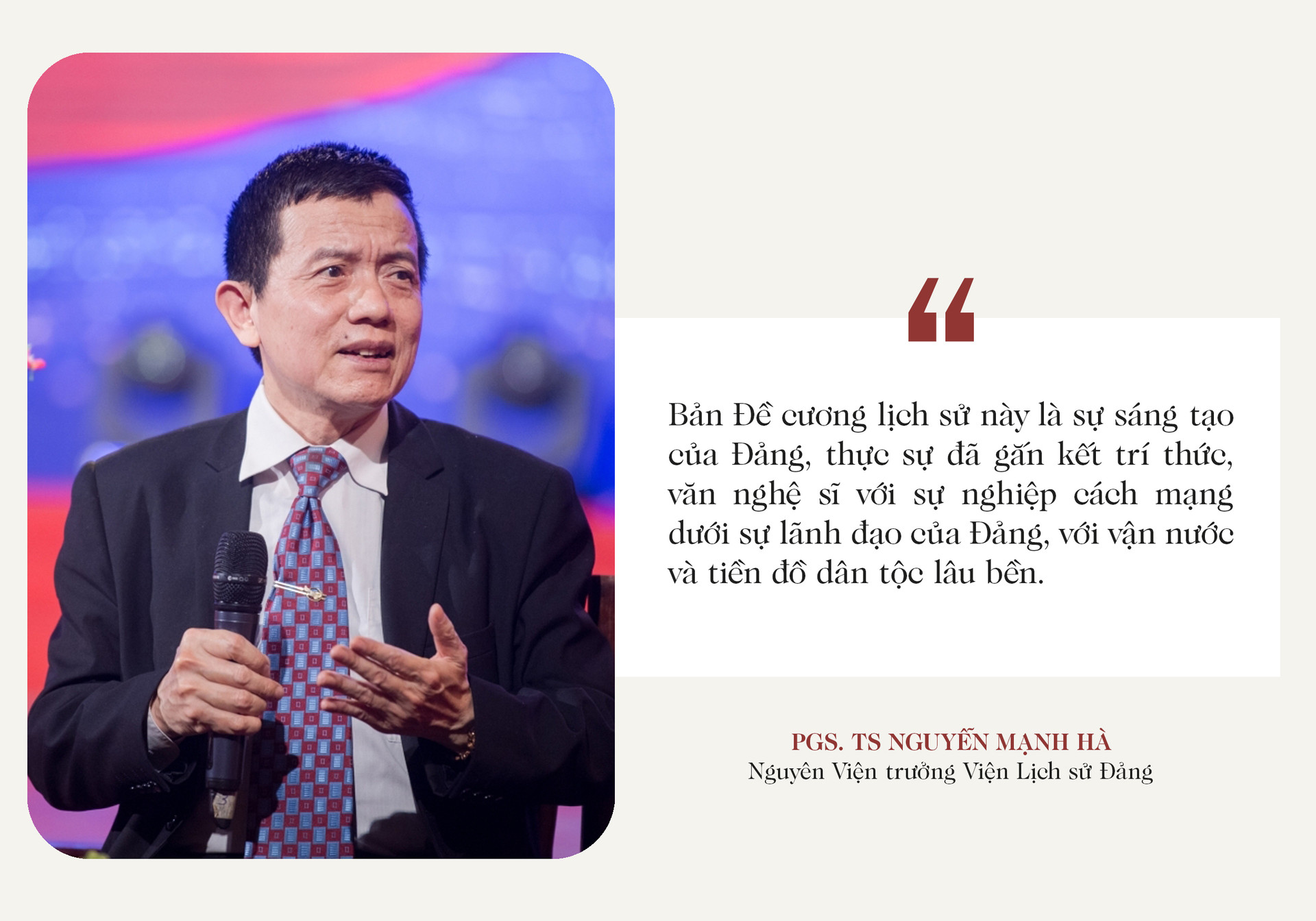
Realizing that the majority of Vietnamese intellectuals and artists have a passionate spirit of patriotism, hatred for foreign invaders and reactionary feudalism, and a desire to use their talents to serve the nation and the people, the Outline of Vietnamese Culture outlines the correct path, which is: To liberate creative capacity and pave the way for cultural progress, we must first regain independence for the nation. The Party clearly states that the task of intellectuals and artists is to participate in the national democratic revolution, especially in the cultural revolution (a component part of the national democratic revolution along with the political revolution and the economic revolution), and to build a new culture. The Party has encouraged intellectuals and artists to unite with the entire people under the leadership of the Party; linking intellectuals with workers and peasants. The Outline has contributed to isolating the enemy, gaining more friends for the revolution, expanding the national united front against Japan and France, and mobilizing more patriotic and progressive forces to save the country.

The Outline of Vietnamese Culture has current and practical value, demonstrating the power of culture to win people's hearts and minds, mobilizing the masses, in a situation where our Party predicted that the opportunity to revolt and seize power would soon appear. Within just two years, the Outline made an important contribution to gathering cultural forces with a national spirit, the core of which was the National Cultural Salvation Association, and guided that force in the struggle to join the entire people in leading to the success of the August Revolution in 1945, opening a new era in the history of our country.
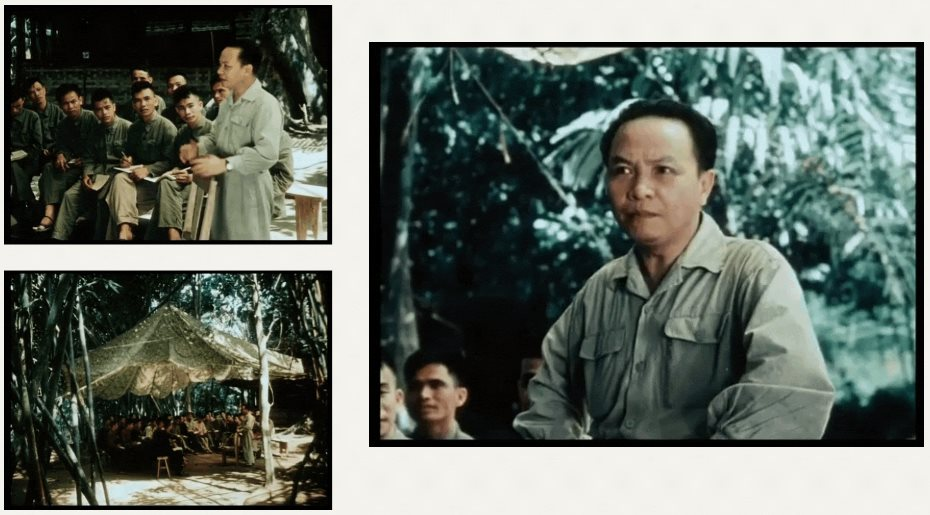
The National Salvation Cultural Association was established in April 1943, operating alongside other organizations of the Viet Minh Front. Initially, artists and writers who were party members or enlightened to communist ideals such as Hoc Phi, Nguyen Huy Tuong, Nam Cao, Nguyen Hong, To Hoai, Nguyen Dinh Thi, Nhu Phong... actively worked under the direction of the Party through cadres such as Le Quang Dao and Tran Do. Gradually, many famous artists and intellectuals, who initially had opposing ideas to the Party's cultural line, later joined the Association.
When prestigious intellectuals and artists followed the revolution, the masses therefore trusted and supported the Viet Minh, creating the combined strength of the entire nation. Therefore, with only over 5,000 party members as the core, our Party led the entire people to successfully carry out the General Uprising.
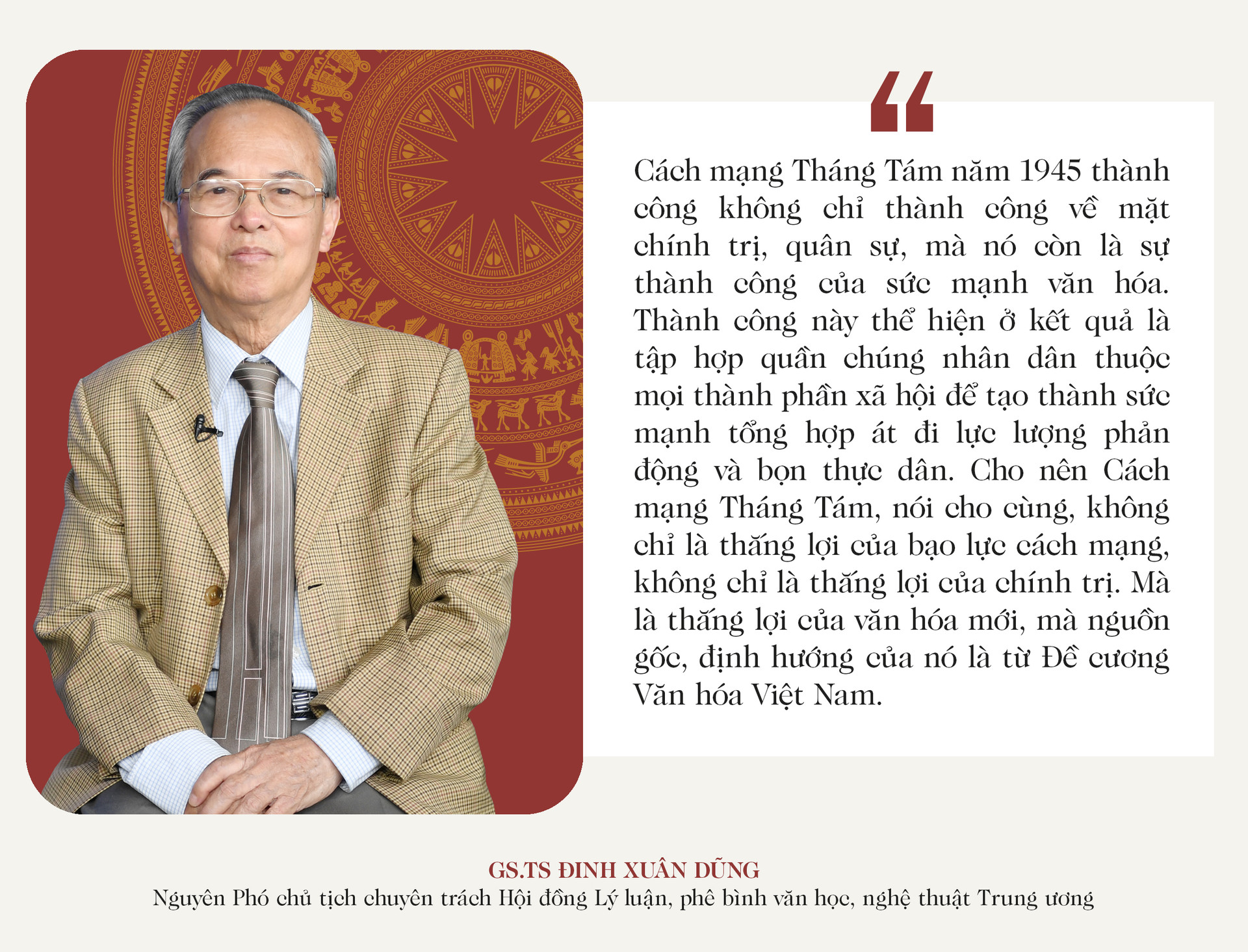
The harmful effects of the colonial culture and education of a slave nature have taken deep roots. The Vietnamese Culture Outline proposed a solution and also an urgent task for Vietnamese Marxist culturalists, which is to fight in three areas: ideology, academia, and literature and art; according to the three principles of "nationalization, scientization, and popularization". With the motto "when culture penetrates the masses, it also acts as a material force", the Association propagated and guided the creation of culture and art: "Oppose the fascist, feudal, regressive, enslaving culture, the culture of ignorance and deception; promote the culture of new democracy". This was extremely important because the public cultural and artistic doctrines and schools at that time all delved into the issues of private life and individual psychology without paying attention to social issues, especially class struggle; too inclined to explore forms according to the trend of art for art's sake. They were also used by Japanese fascists and French colonialists as "pie in the sky" to deceive intellectuals and artists that independence could be achieved through non-violent reformist revolution.
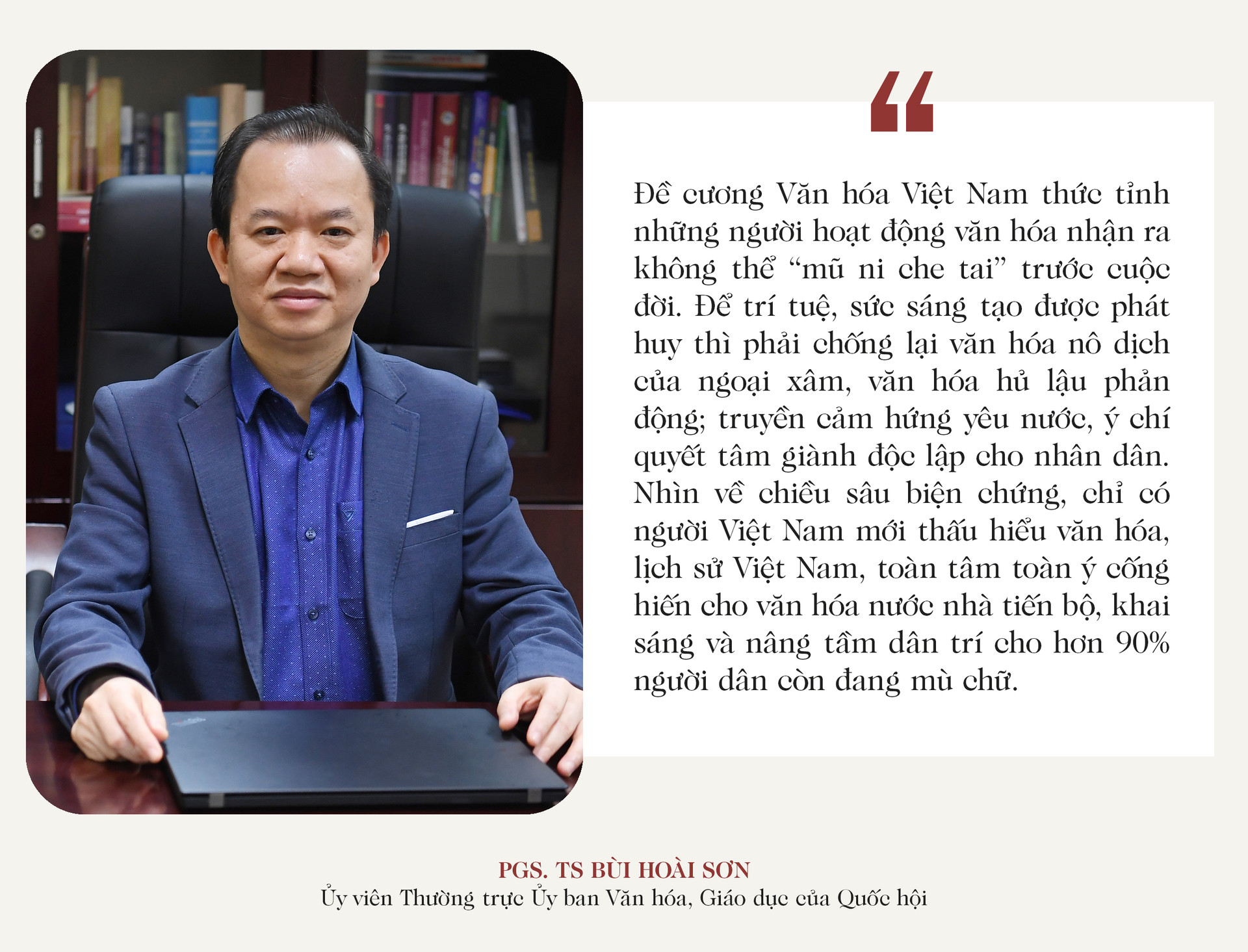
Thanks to its clear policies and guidelines, the National Salvation Cultural Association actively organized many diverse and creative activities in terms of methods such as: giving speeches, publishing books and newspapers, members participating in political, social and cultural activities... which had a great influence on society, creating favorable conditions for the General Uprising nationwide. After that, the Democratic Republic of Vietnam was born and had to face internal and external enemies. The National Salvation Cultural Association continued to promote its position, calling for international support for the revolutionary cause of the Vietnamese people, organizing a cultural week in Hanoi, organizing propaganda meetings for the first National Assembly General Election, participating in the campaign to build a "New Life"; promoting the Popular Education Movement to eradicate illiteracy... When the National Resistance War broke out (December 19, 1946), the Association's members, along with government agencies, moved to Viet Bac, participating in the nation's long-term resistance war as cultural soldiers.

With the correct and realistic guidelines of the Vietnamese Cultural Outline, the group of intellectuals, writers and artists truly transformed themselves to “receive the way” (the words of writer Nguyen Dinh Thi), becoming the revolutionary vanguard in society. Culture thus truly promoted its position and role in reforming society in the early days of the democratic republic. This is what poet Song Hong (pen name of General Secretary Truong Chinh) predicted in the poem “Being a poet” written in June 1942: “Using the pen as a lever to change the regime/ Each verse: a bomb to destroy tyranny”.

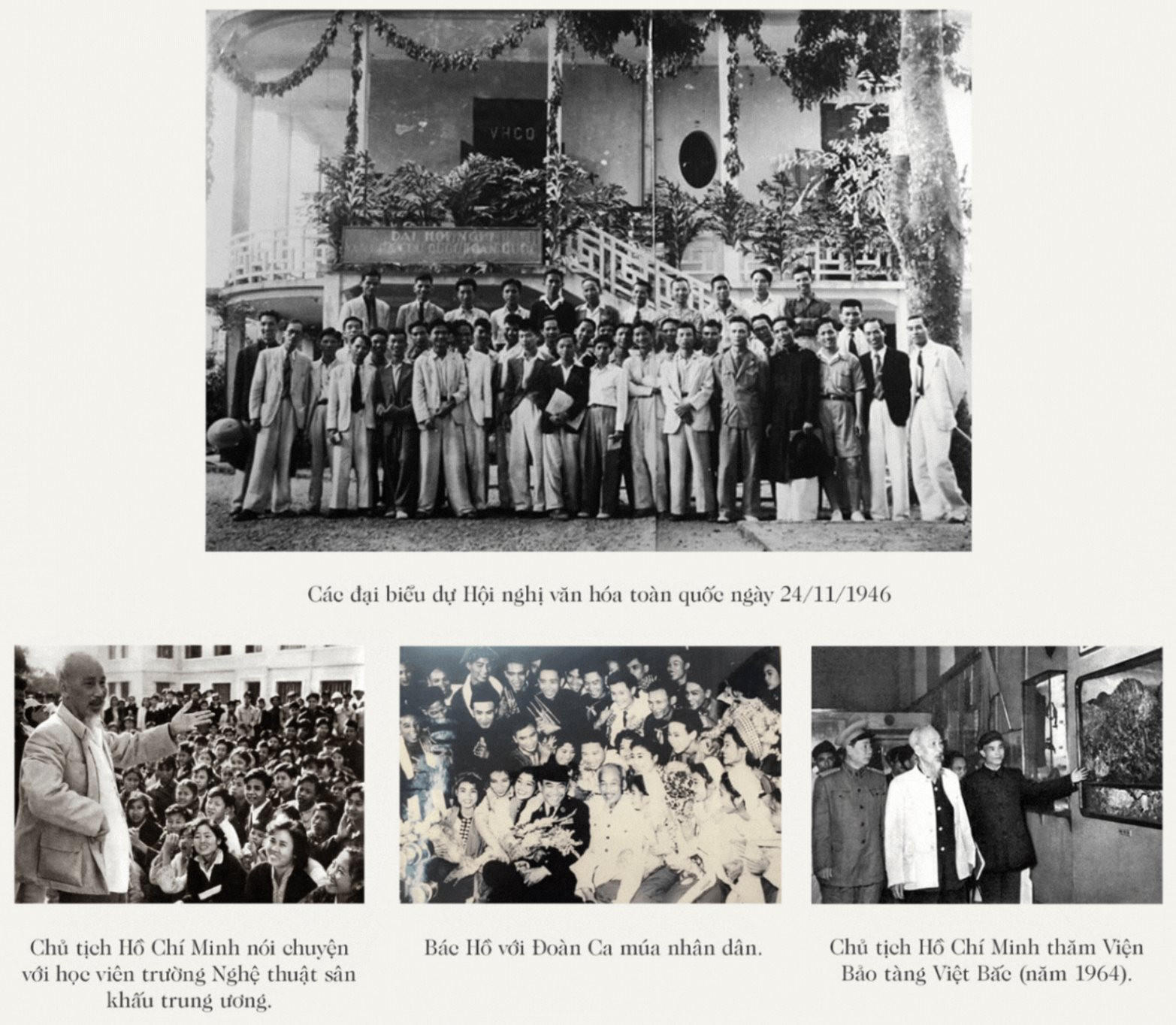
Resolution 33-NQ/TW on building and developing Vietnamese culture and people to meet the requirements of sustainable national development (2014) emphasized: “Culture is the spiritual foundation of society, the goal and driving force for sustainable national development. Culture must be placed on par with economics, politics and society”. Many people, due to not having studied carefully, thought that this was the first time our Party had highlighted the importance of culture. In fact, Resolution 33 only reaffirmed arguments similar to the content of the Outline of Vietnamese Culture: “The cultural front is one of the three fronts (economic, political, cultural) where communists must operate”; “It is not only necessary to make a political revolution but also a cultural revolution”; “Only by leading the cultural movement can the Party influence public opinion, and the Party’s propaganda will be effective”.

In his opening speech at the National Cultural Conference on November 24, 1946 at the Hanoi Opera House, President Ho Chi Minh emphasized: “Culture must light the way for the nation to go”. Later, he said: “Culture and art are also a front. You are soldiers on that front”. General Secretary Truong Chinh, an excellent student of President Ho Chi Minh, a great cultural figure of the nation, in his works published during the anti-French period such as: "The resistance will definitely win", "Marxism and Vietnamese culture" clarified the Party's cultural line, which was only briefly stated in the Outline of Vietnamese Culture: "The purpose of those of us who do cultural work is to defeat the enemy, defend the country, make the people strong, progress, believe in themselves, and be happy; to fight against the culture of slavery and ignorance of the French colonialists, to overcome the feudal and backward thoughts in the country's culture, to build a new Vietnamese democratic culture and to contribute Vietnamese culture to the world's cultural treasure".
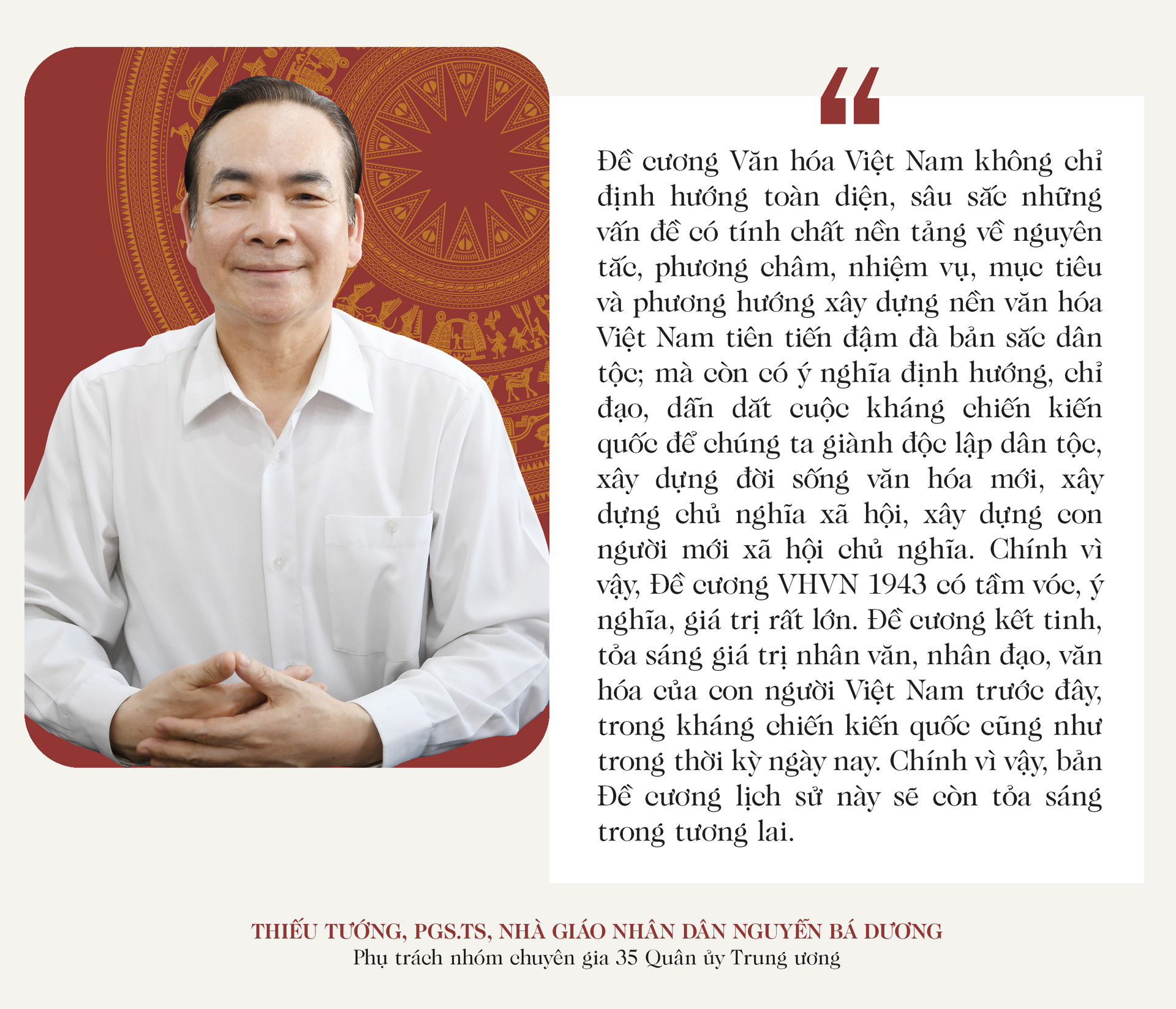
In the context of more than 30 years of fierce war and a subsidized bureaucratic planning regime, our country's culture still achieved many great and proud achievements: Effectively eliminating illiteracy on a large scale; giving birth to a revolutionary culture serving the Fatherland and the people; honoring the values of the nation, people and Vietnamese culture... Above all, culture became an ideological weapon, encouraging the spirit of our army and people in dangerous times confronting powerful foreign invaders in the world. Therefore, when assessing the influence of culture on the revolutionary cause, the opinion that culture has great power like an army on a silent front is completely correct.
Obviously, the Outline of Vietnamese Culture not only has current value, born on the eve of the August Revolution in 1945, aiming to mobilize culture to contribute to winning power; but also has long-term value, helping us build a socialist culture that is truly independent, democratic, and progressive, effectively contributing to the cause of building and defending the Fatherland./.
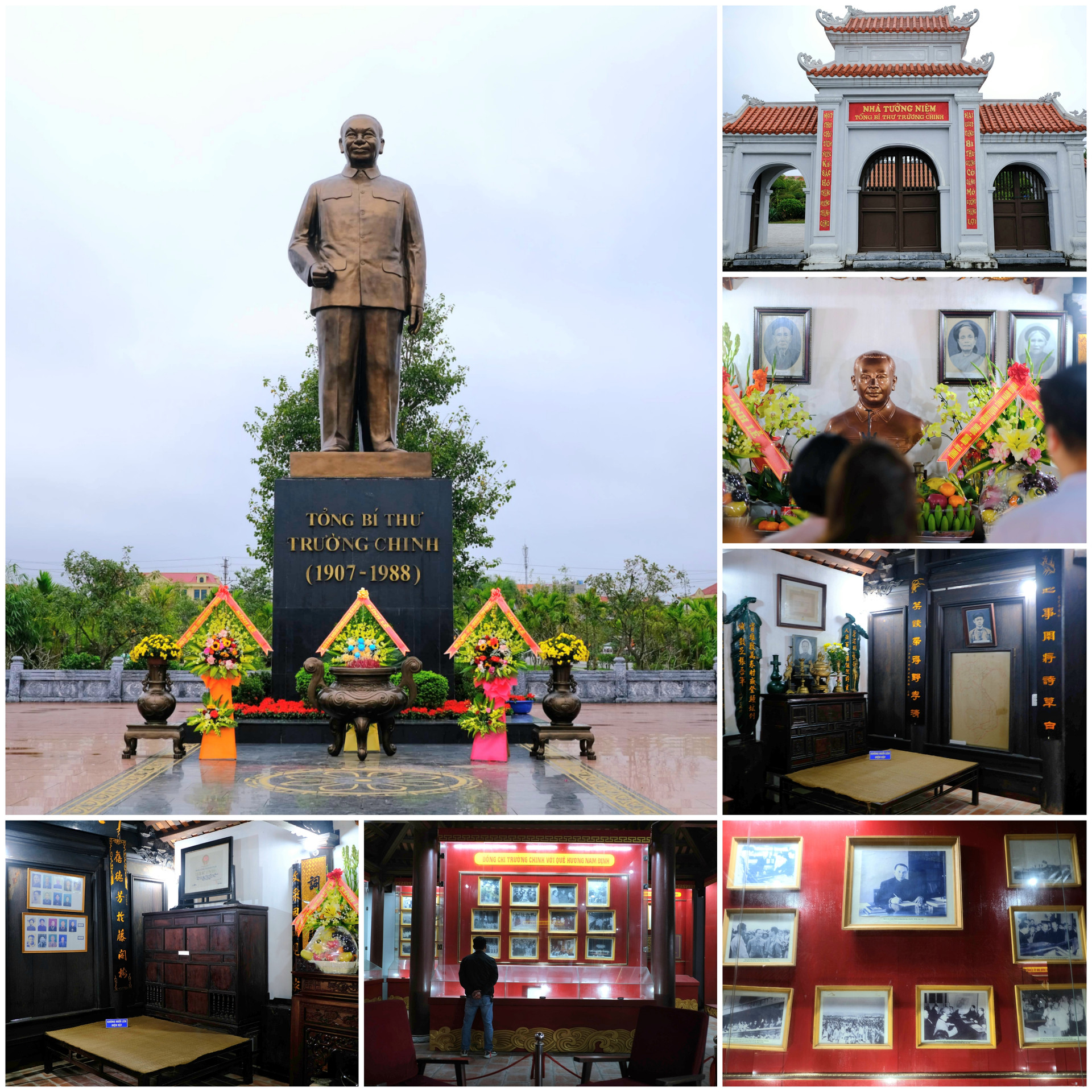
Photo: Document, VNA, Nam Nguyen, Vu Toan
Lesson 2: Culture The ruling party leads national culture
Source


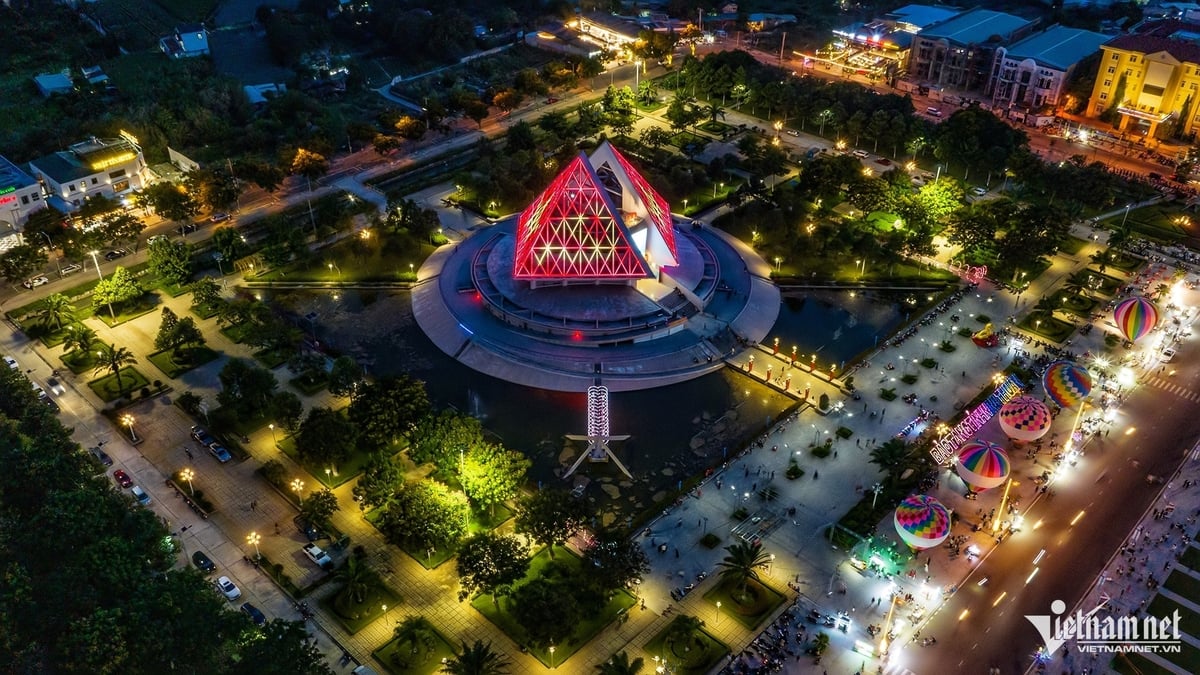



![[Photo] Buddha's Birthday 2025: Honoring the message of love, wisdom, and tolerance](https://vphoto.vietnam.vn/thumb/1200x675/vietnam/resource/IMAGE/2025/5/12/8cd2a70beb264374b41fc5d36add6c3d)





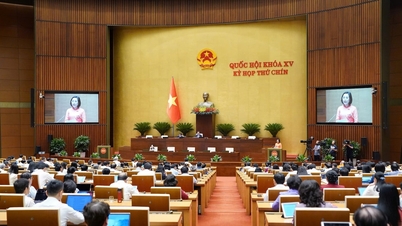
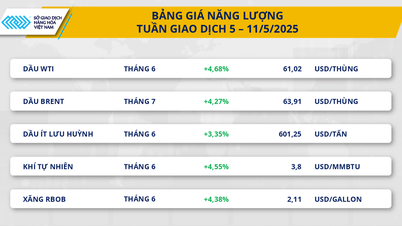




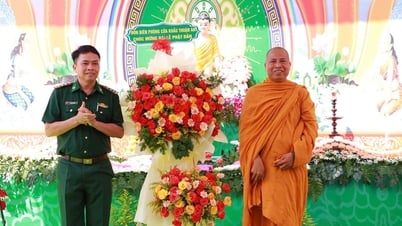

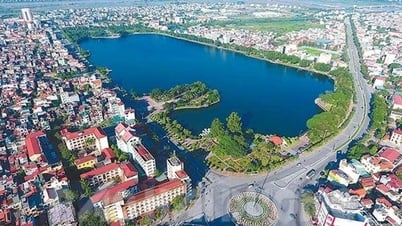
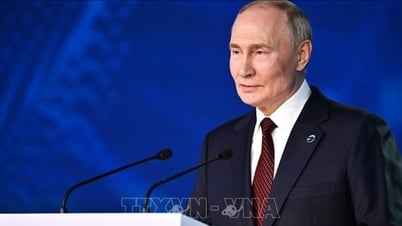
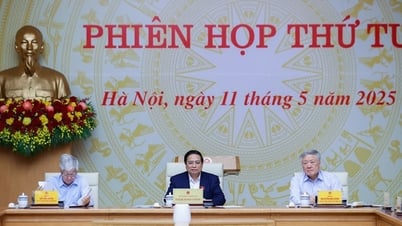
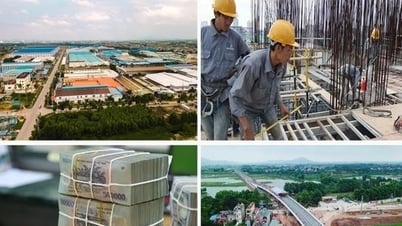
![[Photo] General Secretary To Lam meets and expresses gratitude to Vietnam's Belarusian friends](https://vphoto.vietnam.vn/thumb/1200x675/vietnam/resource/IMAGE/2025/5/11/c515ee2054c54a87aa8a7cb520f2fa6e)
![[Photo] General Secretary To Lam arrives in Minsk, begins state visit to Belarus](https://vphoto.vietnam.vn/thumb/1200x675/vietnam/resource/IMAGE/2025/5/11/76602f587468437f8b5b7104495f444d)
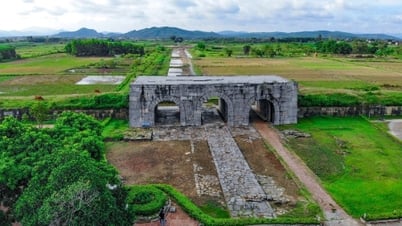

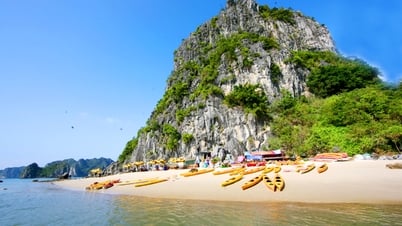

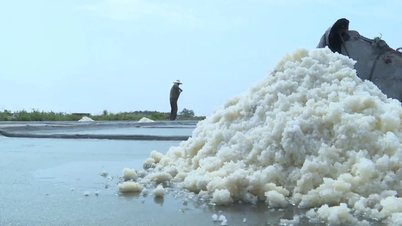

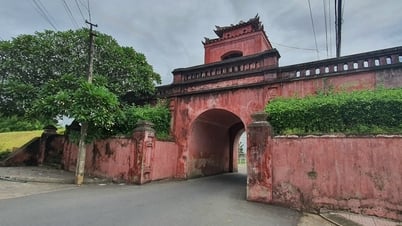
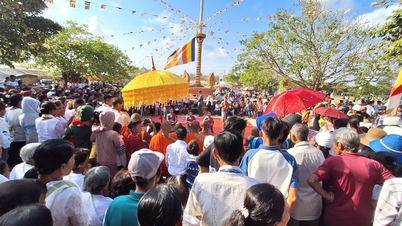

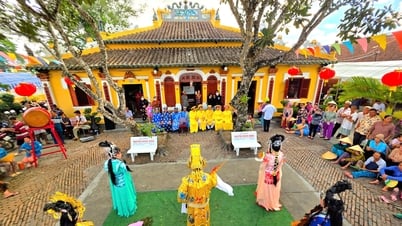
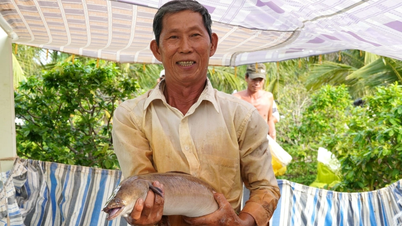

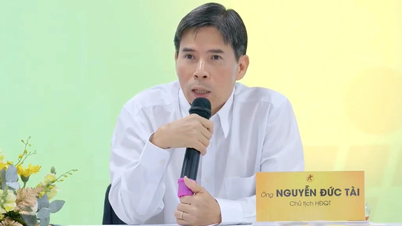





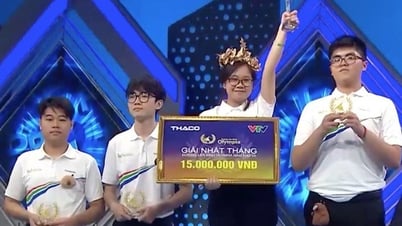



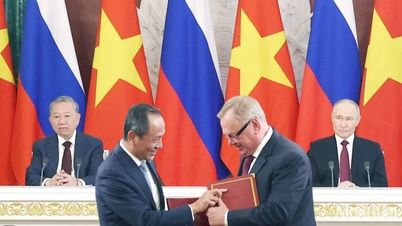



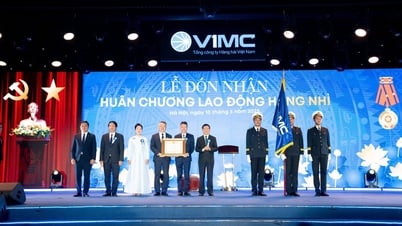
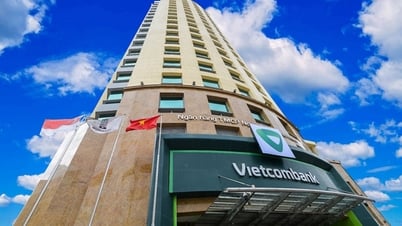

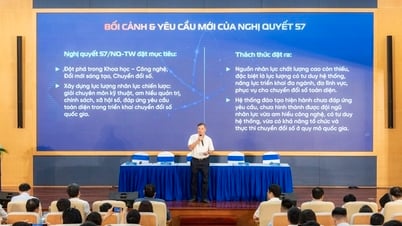
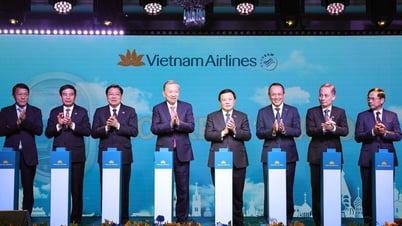


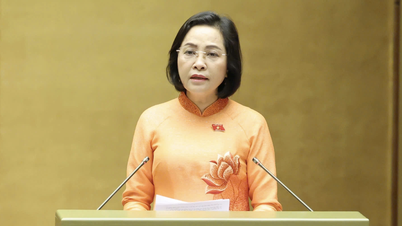

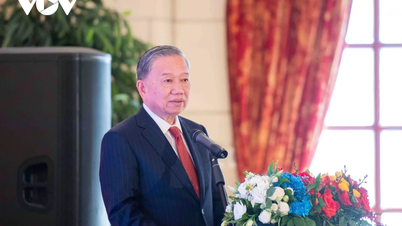

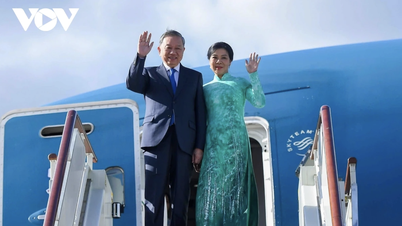
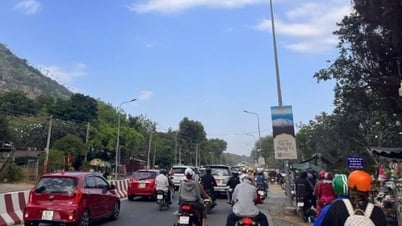

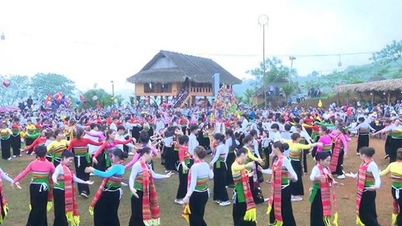
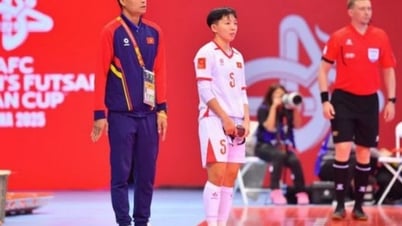
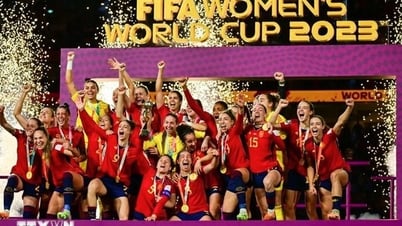
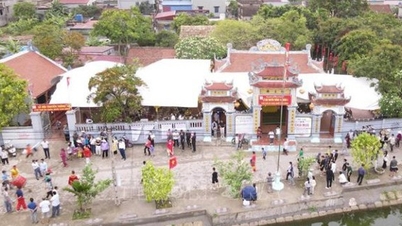
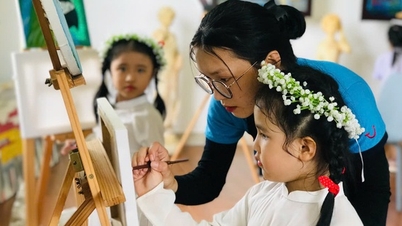
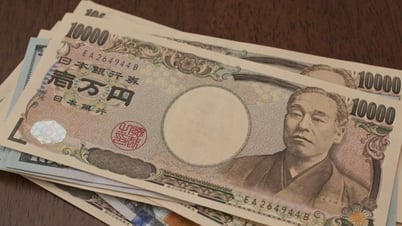

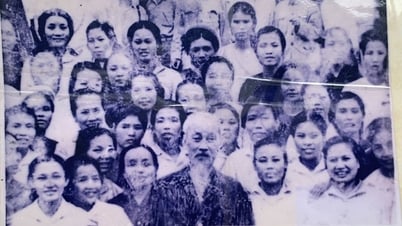




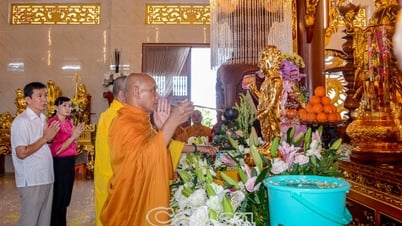

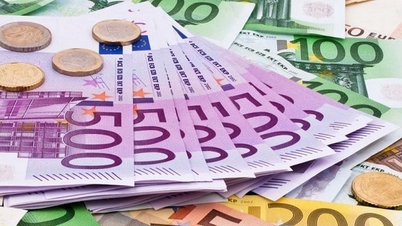
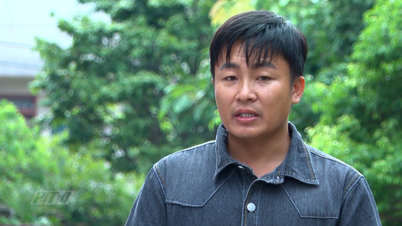

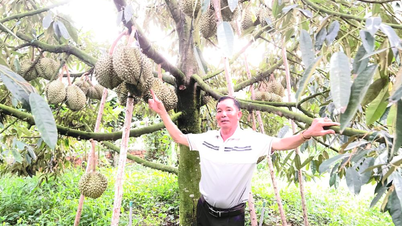

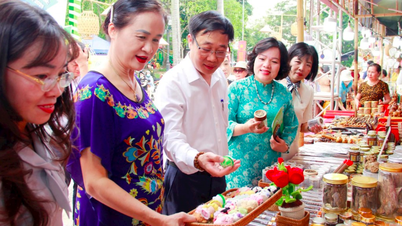
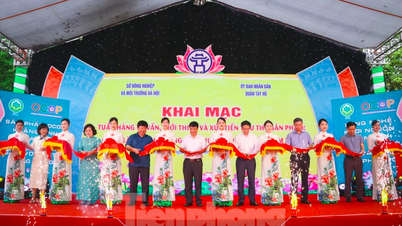

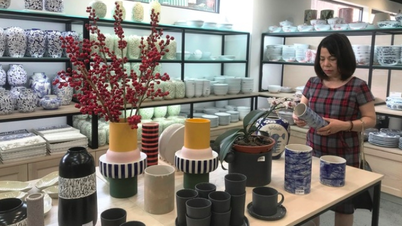
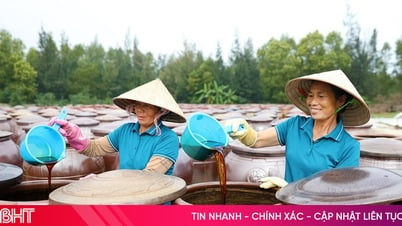

Comment (0)